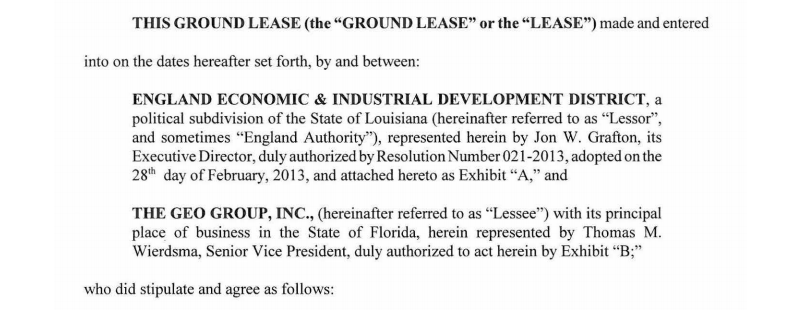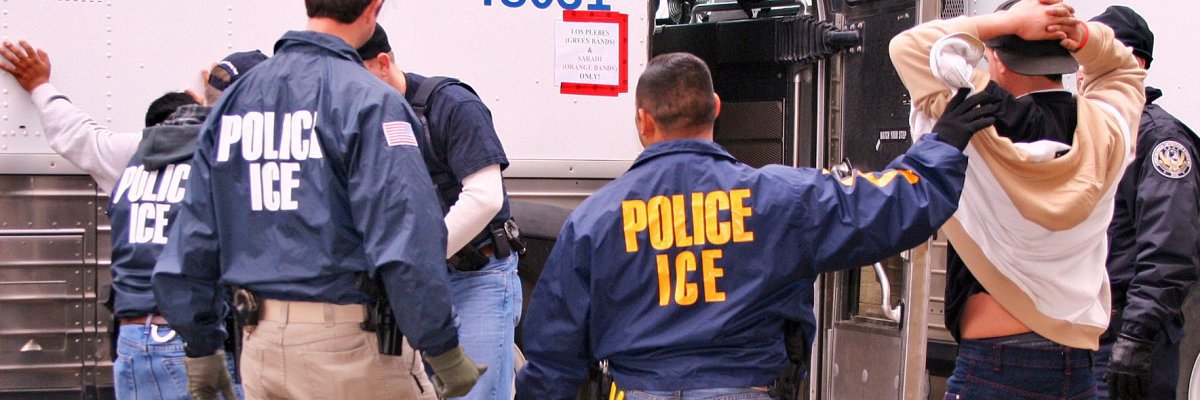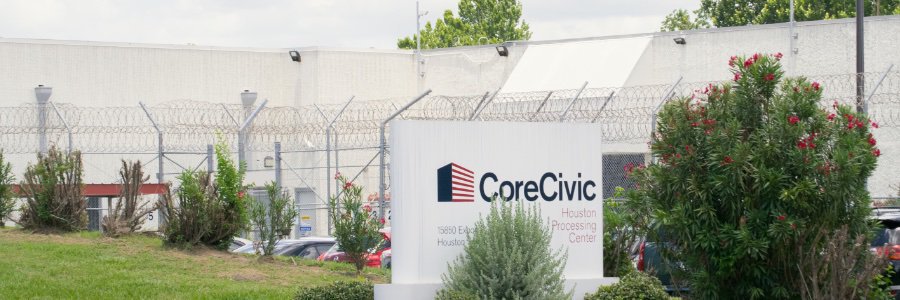Millions of people and billions of dollars have passed through the detainee-deportation machine, which has been an active aspect of U.S. immigration policy for over a century. But while immigration reform will be hotly debated in the public sphere through the next federal election year, the infrastructure serving the system is largely private.
Private prison operators control 62% percent of the incarcerated immigrant population. Immigration and Customs Enforcement (ICE), Customs and Border Protection (CBP), and U.S. Citizenship and Immigration Services (USCIS) now comprise what was Immigration and Naturalization Services (INS) pre-2003.
Last year CBP made 486,651 apprehensions, while ICE was responsible for the export of 315,943 individuals. Between capture and deport is detainment, and for the most part ICE has outsourced this part of the process.
- Large Purple = Federal
- Large Red = CCA
- Large Blue = GEO
- Large Yellow = Some Other Company
- Small Purple = Local Holding Agreements
INS awarded the first of its facility management contracts way back in 1980 to an outfit called Behavioral Systems Southwest, founded by longtime employees of the California Department of Corrections. Since then, the number of contracted facilities has blossomed to supplement ICE’s network of local jails and state prisons - federal facilities only account for a handful of detainment locations utilized by ICE.

Unsurprisingly, the majority of facilities are located in the South, primarily in Texas with other scattered along the Southern border from San Diego to Louisiana to the tip of Florida. The majority of the locally-contracted facilities exist in the Northeast.
Local agencies receive compensation in exchange for daily detainment, typically at a per diem rate variable by location. This sort of exchange of funds for services is pretty common. Counties may have similar arrangements with neighboring prisons, the state Department of Corrections, or the U.S. Marshals to handle local overflow problems. And it’s a relatively similarly arrangement to that worked out with for-profit companies that manage entire facilities specifically for the feds.
For the federal government, operating via a contract with a prison corporation or via an intergovernmental services agreement (IGSA) with the local town, which then contracts with a company, can alleviate many potential stresses for the federal government: bidding processes, construction, management.

Since 2001, major private prison companies have stood to gain a lot from shifts in public opinion regarding immigrant and refugee populations. Millions in lobbying for immigration issues have been spent by both GEO and CCA.
Meanwhile, the common use of “bed quotas” and long contracts ensures some stability for corporate shareholders, and the federal government remains the largest customer of for-profit prisons, in part because its policies necessitate the need to house humans somewhere.
Image courtesy of ICE via Wikimedia Commons



